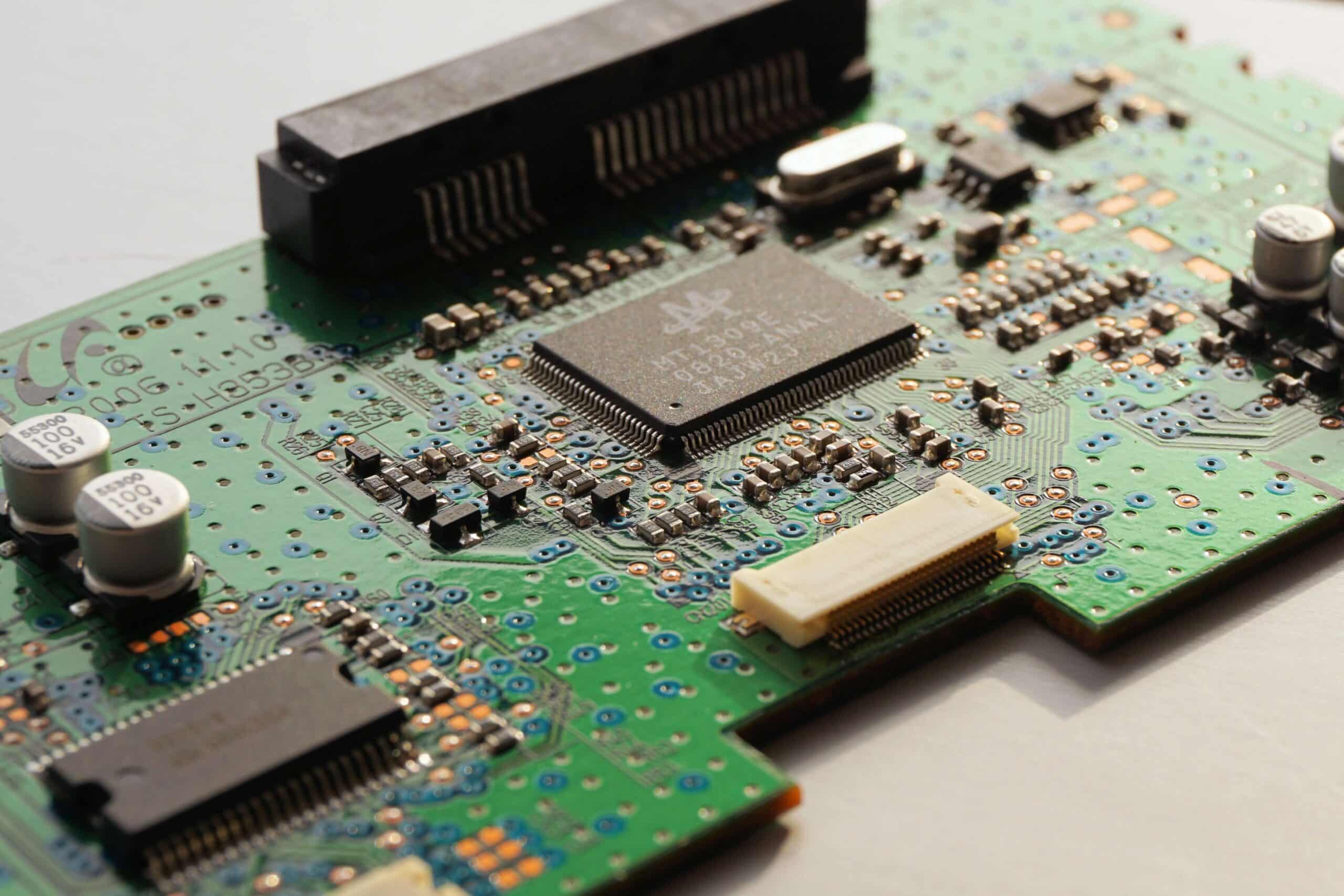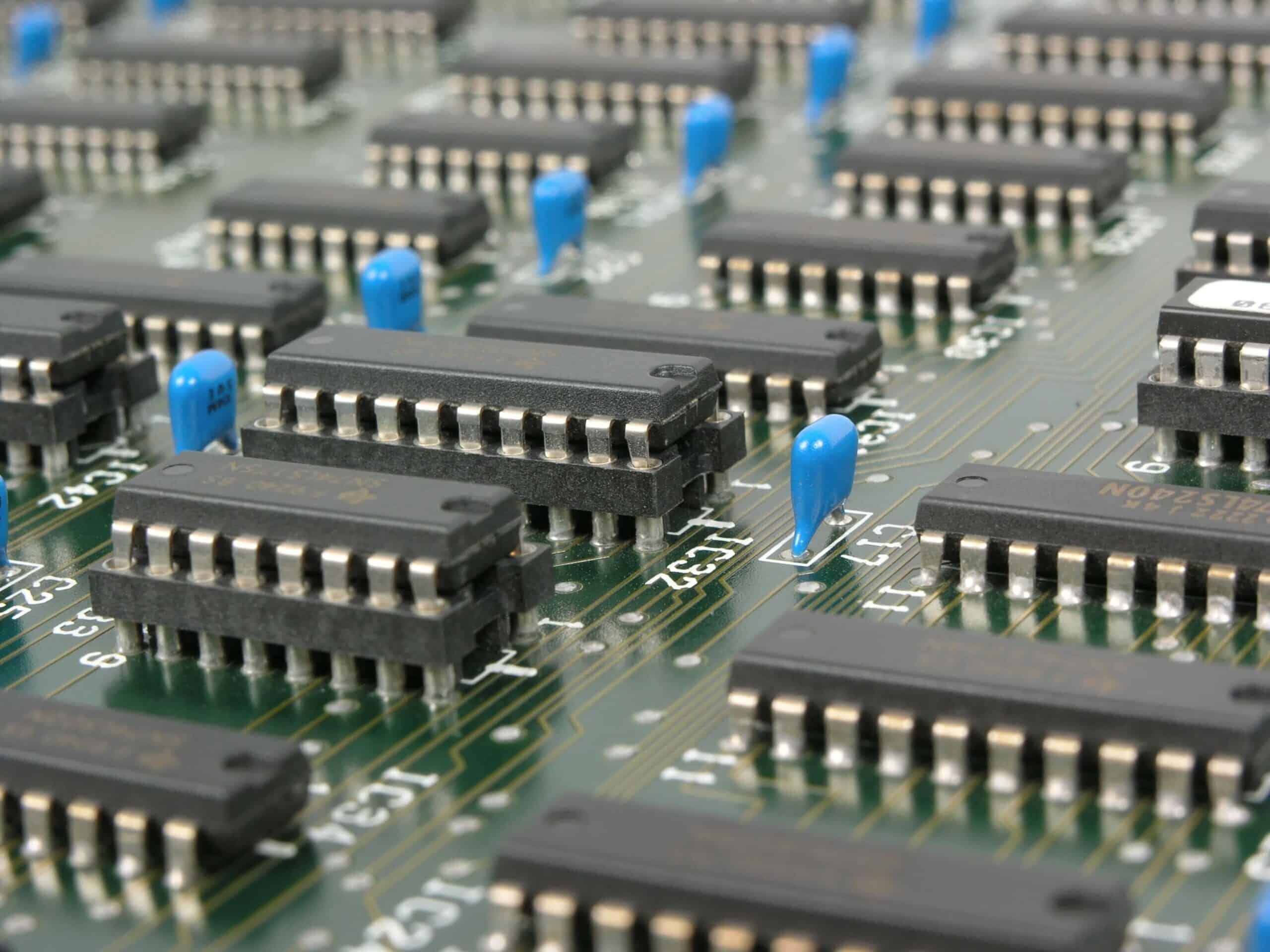Aug 12, 2022|Technological Advancements and Materials

Surface Mount (SMT) and Through-Hole Technology (THT) are the two fundamental types of constituents utilized in printed circuit boards (PCBs). Surface Mount is used more frequently than Through Hole since it is more reliable and less expensive. Nevertheless, Through Hole Technology provides distinct advantages that ensure its continued relevance for the conceivable future.
Table of Contents
Pros and Cons Side by Side
The following are some of the main pros and cons between Surface Mount and Through Hole Technology.
Pros
- SMT is a space-saving alternative to Through Hole techniques, permitting tinier, lightweight, and speedier gadgets.
- Surface Mount techniques permit cost savings that lead to lower unit prices.
- Surface Mount technology achieves greater manufacturing capacity than Through Hole.
- Assembly of SMT is automated due to process automations.
- Through Hole Technology can easily withstand environmental stress.
- THT creates stronger bonds between components.
Cons
- Surface Mount Technology requires a higher level of design, production, skill, and technological innovation for implementation.
- It isn’t easy to use SMT in visual inspection.
- Through Hole Technology requires multiple holes on the board.
- Through Hole has a longer production time compared to Surface-Mount.
Types of PCB Assemblers
You may employ a variety of methods for Printed Circuit Board assembling. Every method differs in its ability to handle board intricacies and execute particular construction and configuration techniques. The most basic types are:
- Surface Mount Assembly: The procedure begins with loading the suitable constituents into the pick-and-place machine’s feeders, followed by programming the required functionalities.
- Plated Through Hole Technology: The method is distinct in that it encompasses the use of holes that pass through the board. Most PCB assemblers use in-circuit testing.
- Electro-Mechanical Assembly: The method uses various electromechanical equipment when building electronics onto PCBs.
What Is Surface Mount Technology (SMT)?
What is Surface Mount Technology? The SMT definition is that Surface Mount Technology is a technique for mounting electrical components directly onto the surface of a printed circuit board. Since gaining recognition in the 1980s, SMT has been prevalent in manufacturing nearly all electrical gadgets.
Enhanced Printed Circuit Board performance and reliability, as well as lower handling and processing costs, have made SMT an essential component of PCB design.
With SMT, you don’t need holes drilled in the board; instead, the constituents are soldered directly onto the board. SMT constituents are also tinier and fitted on both sides of the board. The capacity to accommodate more constituents on a PCB has permitted denser, more powerful, and more compact PCBs.
Advantages & Disadvantages of SMT
Advantages of SMT:
- Better manufacturing efficiency.
- Improved design flexibility.
- Better performance of electronic components.
- More compact for electronic devices.
- EMC-compliant design.
- Automatic correction of auto-placement.
- Less overall cost.
- Consistent performance under shaking conditions.
- Minimized waste
- Quicker lead time.
Disadvantages of SMT:
- Issues arise when subjected to extreme conditions.
- Poor resistance to thermal & environmental stress.
- Unsuitable for small circuit testing.
- Difficult to inspect.
- Components are more easily damaged.
- Less power available.
- More expensive to develop in small batches.
Constituents on SMT-fabricated PCBs perform well under shaking and vibrational conditions. The absence of holes in SMT translates to substantial cost reductions, minimal waste, and much quicker lead time. Quick constituent configuration (10 times faster than THM) results from a more dependable soldering method using reflow ovens.
Nevertheless, complications may arise when SMT is the only technique used to assemble PBC constituents subject to extreme mechanical, environmental, or thermal stress conditions. SMT constituents are also unsuitable for small circuit prototyping or testing. Combining the SMT and THM methods to obtain both advantages can resolve the issue.
What is Through Hole Technology (THT)?
Through Hole mounting is inserting component leads into drilled holes in a bare PCB. Before the emergence of SMT in the 1980s, through-hole technology was the industry-standard configuration method. The fact that Surface Mount is more efficient and less expensive has led many to believe that THT will become obsolete.
However, despite its drop in ratings over time, the Through Hole technique has been demonstrated to be resourceful in the age of SMT, providing numerous benefits and specialty implementations. Durability is the most notable advantage of through-hole technology, and currently, annular rings establish a durable connection.
Differences Between Axial and Radial Leads
Axial and radial leads are the two types of THT constituents. Axial lead constituents have wires attached to the component on both the front and the back. Radial constituents have the leads on one end side of the component.
Radial leads are preferable for densely packed boards because they take up less space than axial lead constituents, which fit snugly against the board.
Advantages & Disadvantages of THT
THT gives superior mechanical connections than SMT, rendering it ideal for mechanically stressed components like connectors and transformers. The expansive placement between the holes renders manual soldering of constituents easier. Additionally, THT constituents are easily interchangeable, making them ideal for prototypes and testing.
THT constituents are optimal for durable products requiring robust interlayer connections. THT connections permit constituents to endure more environmental pressures than SMT constituents, which are only held in place by solder on the board’s surface.
Consequently, the technology is prevalent in military and aerospace products subject to intense thrust, vibrations, or high heat environments.
When using Through Hole, you must drill holes in the bare PCB, which is both time-consuming and costly. THT also restricts the accessible configuration area on multi-layered boards, as the drilled holes must traverse all layers. Because THM’s constituent configuration levels are much lower than the surface mount, the technology is outrageously costly for most applications.
In addition, THT necessitates the use of wave, selective, or manual soldering methods, which are noticeably less efficient and dependable compared to SMT’s reflow ovens. Most notably, THT requires soldering on each side of the board, compared to SMT, which only compels soldering on one side.

Cost Difference
SMT, in contrast to THT, doesn’t require the manual drilling of holes in a PCB. A tiny PCB with minimal holes and layers will be less expensive. Additionally, pick-and-place cyborg systems expedite the configuration of components, whereas an automatic reflow oven handles reflow soldering. Thus, SMT has an additional benefit over THT regarding board cost reductions.
While manufacturers can expedite the configuration of THT for the easiest way to mass produce components, they opt for manual configuration due to component volume. Furthermore, THT configuration necessitates costly manual soldering to cover high-density components adequately. Since SMT offers higher automation agility than THT, board prices go down for bulk purchases.
Differences in Assembly
The main difference between Surface Mount and Through Hole assembly is that most SMT procedures are automated, which can significantly shorten assembly. You can anticipate your shipments to be processed faster with SMT manufacturing than with a THT procedure that requires configuring auto-insertion machinery for various THT mount constituents.
While SMT can shorten constituent configuration and board spin times, there are times when THT is the ideal alternative. For instance, the board design entails massive or robust constituents requiring extensive support.
Conclusion – What Is the Best Method for You?
Deciding on a suitable configuration method to bring your board to life can be challenging. Over 90% of today’s PCBs use surface mount technology, but which one is the best option for you? As a whole, surface mounting predominantly demonstrates more efficiency and affordability compared to through-hole technology. It gives a lightweight design and permits a high component density.
Nevertheless, unique mechanical, electrical, and temperature implications will continue to necessitate the need for THT mounting, ensuring its continued relevance well into the foreseeable future.
- Sunny Patel is the Engineering and Sales Manager at Candor Industries. Sunny is trained as a IPC-A-600 trainer, AS9100 Lead auditor, IPC CID and got his Engineering degree at the University of Toronto.
Latest entries
- February 27, 2024Technological Advancements and MaterialsHow to Order a PCB Assembly
- February 26, 2024Product Innovations and DesignReduce PCB Design Cost
- February 7, 2024Technological Advancements and MaterialsNavigating Low-Cost PCB Assembly
- January 24, 2024Quality and TestingA Guide To Automated Optical Inspection (AOI)


